Brazilian Jiu-Jitsu vs Muay Thai – Which Will Reign Supreme?
Table of Contents:
- Introduction
- Origins and History
- Core Techniques and Training Methods
- Philosophies and Mental Approaches
- Practical Applications and Self-Defense
- Fitness and Health Benefits
- Competitions and Sporting Opportunities
- Conclusion
1. Introduction
Brazilian Jiu Jitsu (BJJ) and Muay Thai stand as pillars in the world of martial arts, each offering a unique blend of techniques, philosophies, and training methods. While both are respected disciplines in their own right, they differ significantly in their focus and approach to combat. Brazilian Jiu Jitsu is renowned for its emphasis on ground fighting, submissions, and positional dominance, while Muay Thai excels in striking, clinch work, and devastating elbow and knee strikes. Despite these differences, practitioners of both BJJ and Muay Thai share a common goal: to develop practical skills for self-defense, improve physical fitness, and cultivate mental discipline.
2. Origins and History
Brazilian Jiu Jitsu:
Originating from Kodokan Judo in Japan, Brazilian Jiu Jitsu was developed and refined by the Gracie family in Brazil during the early 20th century. Focused on ground fighting and submission grappling, BJJ emphasizes technique, leverage, and strategy over brute strength. The Gracie family’s pioneering efforts, particularly through the famous Gracie Challenge matches, helped popularize BJJ and demonstrate its effectiveness in real-life combat situations. Over time, BJJ evolved into a competitive sport with its own set of rules and governing bodies, including the International Brazilian Jiu Jitsu Federation (IBJJF) and various professional grappling organizations.
Muay Thai:
Hailing from Thailand, Muay Thai, also known as Thai Boxing, traces its roots back to ancient Thai military combat techniques. Evolving over centuries, Muay Thai became a national sport characterized by its devastating striking techniques, including punches, kicks, elbows, and knees. Originally practiced by soldiers for self-defense and battlefield combat, Muay Thai gradually transitioned into a spectator sport enjoyed by people of all ages and backgrounds. The art of Muay Thai has deep cultural significance in Thailand, with rituals and ceremonies accompanying traditional bouts to honor fighters, coaches, and the sport’s rich heritage.
3. Core Techniques and Training Methods
Brazilian Jiu Jitsu:
BJJ revolves around the concept of positional dominance and submission holds. Practitioners learn to control opponents on the ground using techniques such as sweeps, joint locks, and chokes. Training typically involves drilling specific moves, positional sparring, and live rolling sessions. Through repetition and progressive resistance, students develop a deep understanding of leverage, timing, and weight distribution, allowing them to overcome larger, stronger opponents with superior technique.
Muay Thai:
In Muay Thai, practitioners hone their striking skills through rigorous pad work, bag work, and sparring. Techniques include punches, kicks, knee strikes, and elbow strikes, with an emphasis on fluidity, timing, and power generation. Clinch work, a hallmark of Muay Thai, is also extensively practiced. During clinching, fighters engage in close-quarters combat, using grips, pummeling, and off-balancing techniques to control their opponent’s posture and deliver devastating knee strikes. Muay Thai training incorporates both aerobic and anaerobic conditioning, building endurance, explosiveness, and mental toughness over time.
4. Application in Mixed Martial Arts (MMA)
Brazilian Jiu Jitsu:
BJJ’s influence on MMA is profound, with many of the sport’s most successful fighters boasting a background in Brazilian Jiu Jitsu. In MMA, BJJ practitioners leverage their ground-fighting expertise to control opponents, secure advantageous positions, and execute submissions. The ability to transition seamlessly between striking and grappling allows BJJ fighters to dictate the pace and direction of a fight. Renowned MMA fighters like Royce Gracie, Demian Maia, and Fabricio Werdum have showcased the effectiveness of BJJ techniques in the Octagon, earning titles and accolades through their mastery of submissions and positional dominance.
Muay Thai:
Similarly, Muay Thai has become a cornerstone of MMA striking, thanks to its versatility and effectiveness in stand-up combat. Muay Thai fighters excel in delivering powerful strikes from various angles and ranges, including punches, kicks, elbows, and knees. The clinch game in Muay Thai translates well to MMA, enabling fighters to control opponents in close quarters and land devastating strikes or set up takedowns. MMA stars such as Anderson Silva, Joanna Jedrzejczyk, and Jon Jones have showcased their Muay Thai skills to great effect, utilizing precision striking and clinch work to dominate opponents in the cage.
5. Key Differences and Strengths
Brazilian Jiu Jitsu:
BJJ’s strength lies in its emphasis on technique, leverage, and ground control. By focusing on positional dominance and submission holds, BJJ practitioners can neutralize larger, stronger opponents regardless of size or athleticism. BJJ also promotes mental resilience, problem-solving, and patience, as practitioners learn to navigate complex grappling exchanges and anticipate their opponent’s movements. Additionally, BJJ provides practical self-defense skills for real-life situations, where the ability to control and subdue an aggressor without striking can be invaluable.
Muay Thai:
Muay Thai’s effectiveness stems from its devastating striking arsenal and relentless offensive pressure. Muay Thai fighters are adept at delivering powerful blows with precision and timing, using every part of their body as a weapon. The art’s clinch work allows practitioners to dominate opponents in close quarters, where they can unleash a barrage of knee and elbow strikes. Muay Thai also cultivates mental toughness, discipline, and conditioning, as fighters endure grueling training regimens to build endurance and resilience. In self-defense scenarios, Muay Thai equips individuals with the skills to strike with force and accuracy, deterring potential attackers and creating opportunities to escape dangerous situations.
For further exploration into related martial arts disciplines:
6. Conclusion
In conclusion, Brazilian Jiu Jitsu and Muay Thai represent two distinct yet complementary approaches to martial arts training. While BJJ emphasizes ground fighting, submissions, and positional control, Muay Thai focuses on striking, clinch work, and devastating close-range attacks. Both disciplines offer unique benefits in terms of physical fitness, mental discipline, and self-defense skills. Whether you choose to pursue BJJ, Muay Thai, or both, the journey will undoubtedly challenge and inspire you to reach new levels of mastery and personal growth. Ultimately, the choice between Brazilian Jiu Jitsu and Muay Thai depends on your individual goals, preferences, and aspirations as a martial artist.
Frequently Asked Questions (FAQs)
Q1. Is Brazilian Jiu Jitsu or Muay Thai better for self-defense?
A: Both Brazilian Jiu Jitsu (BJJ) and Muay Thai are effective for self-defense, but they offer different approaches. BJJ focuses on ground fighting, control, and submission holds, making it ideal for neutralizing attackers in close quarters. Muay Thai, on the other hand, emphasizes striking techniques such as punches, kicks, elbows, and knees, providing options for defending against multiple attackers or creating opportunities to escape dangerous situations. Ultimately, the choice depends on individual preferences and training goals.
Q2. Which martial art is more physically demanding, BJJ or Muay Thai?
A: Both Brazilian Jiu Jitsu and Muay Thai require significant physical conditioning and endurance. BJJ training involves grappling, rolling, and intense cardiovascular exercise, while Muay Thai incorporates high-intensity drills, pad work, and sparring sessions. The physical demands of each martial art depend on factors such as training intensity, duration, and individual fitness levels. Ultimately, both disciplines offer effective workouts for improving strength, agility, and overall fitness.
Q3. Can I train in both Brazilian Jiu Jitsu and Muay Thai simultaneously?
A: Yes, many martial artists train in both Brazilian Jiu Jitsu and Muay Thai concurrently to develop a well-rounded skill set. Combining BJJ and Muay Thai allows practitioners to excel in both ground fighting and striking, enhancing their versatility and adaptability in different combat scenarios. However, it’s essential to manage training schedules effectively, prioritize recovery, and communicate with instructors to avoid overtraining or injury.
Q4. How long does it take to become proficient in Brazilian Jiu Jitsu or Muay Thai?
A: The time it takes to become proficient in Brazilian Jiu Jitsu or Muay Thai varies depending on factors such as training frequency, consistency, natural ability, and individual goals. Generally, it may take several months to a few years of dedicated practice to develop fundamental skills and techniques in either martial art. However, mastery is a lifelong journey, and ongoing training, competition, and learning are essential for continuous improvement and growth as a martial artist.
Q5. Can I compete in both Brazilian Jiu Jitsu and Muay Thai tournaments?
A: Yes, many martial artists compete in both Brazilian Jiu Jitsu and Muay Thai tournaments to test their skills, challenge themselves, and gain valuable experience. Competing in both disciplines allows practitioners to broaden their competitive repertoire, adapt to different rule sets and strategies, and enhance their overall martial arts proficiency. However, it’s crucial to consult with coaches, prepare adequately, and adhere to the rules and regulations of each competition.
Q6. Which martial art is more effective for mixed martial arts (MMA) competition, Brazilian Jiu Jitsu, or Muay Thai?
A: Both Brazilian Jiu Jitsu (BJJ) and Muay Thai play essential roles in mixed martial arts (MMA) competition, but their effectiveness depends on various factors. BJJ provides crucial skills for grappling, submissions, and ground control, allowing fighters to dominate opponents and secure victories through submissions or positional advantages. Muay Thai offers expertise in striking, clinching, and striking defense, enabling fighters to inflict damage, control distance, and score points in stand-up exchanges. Ultimately, successful MMA fighters often have a well-rounded skill set that incorporates elements of both BJJ and Muay Thai, along with other disciplines such as wrestling and boxing.
Q7. Are there any age restrictions for learning Brazilian Jiu Jitsu or Muay Thai?
A: There are typically no age restrictions for learning Brazilian Jiu Jitsu or Muay Thai, as both martial arts are suitable for practitioners of all ages and fitness levels. Many gyms and academies offer classes tailored to different age groups, from children to seniors, with specialized instruction and training methods designed to accommodate diverse needs and abilities. Whether you’re a beginner or an experienced martial artist, you can start learning BJJ or Muay Thai at any age and enjoy the physical, mental, and social benefits of training.
Q8. Can Brazilian Jiu Jitsu practitioners spar or train with practitioners of other martial arts?
A: Yes, Brazilian Jiu Jitsu practitioners often spar and train with practitioners of other martial arts to enhance their skills, gain valuable experience, and test their techniques against different styles and strategies. Cross-training with disciplines such as wrestling, judo, boxing, and Muay Thai can offer unique insights, challenge assumptions, and foster collaboration and mutual respect among martial artists. By exploring diverse training methods and perspectives, BJJ practitioners can expand their knowledge, improve their overall martial arts proficiency, and become more well-rounded fighters.
Q9. How can I find a reputable Brazilian Jiu Jitsu or Muay Thai gym or academy?
A: Finding a reputable Brazilian Jiu Jitsu or Muay Thai gym or academy involves research, observation, and personal preferences. Start by researching local gyms or academies online, reading reviews, and asking for recommendations from friends, family, or fellow martial artists. Visit potential training facilities in person to observe classes, meet instructors, and assess the training environment, equipment, and curriculum. Look for experienced and knowledgeable instructors who prioritize safety, skill development, and student progress. Additionally, consider factors such as location, class schedules, membership fees, and community atmosphere when choosing a gym or academy that aligns with your goals and values.
Q10. Can I train Brazilian Jiu Jitsu or Muay Thai for fitness and recreation without competing?
A: Yes, many people train Brazilian Jiu Jitsu or Muay Thai for fitness, recreation, and self-improvement without competing in tournaments or competitions. Both martial arts offer excellent workouts that improve cardiovascular health, strength, flexibility, coordination, and mental focus. Whether you’re interested in losing weight, building muscle, relieving stress, or learning self-defense skills, BJJ and Muay Thai provide effective and enjoyable training options for individuals of all ages and fitness levels. Simply communicate your goals with instructors and participate in classes tailored to your interests and abilities.

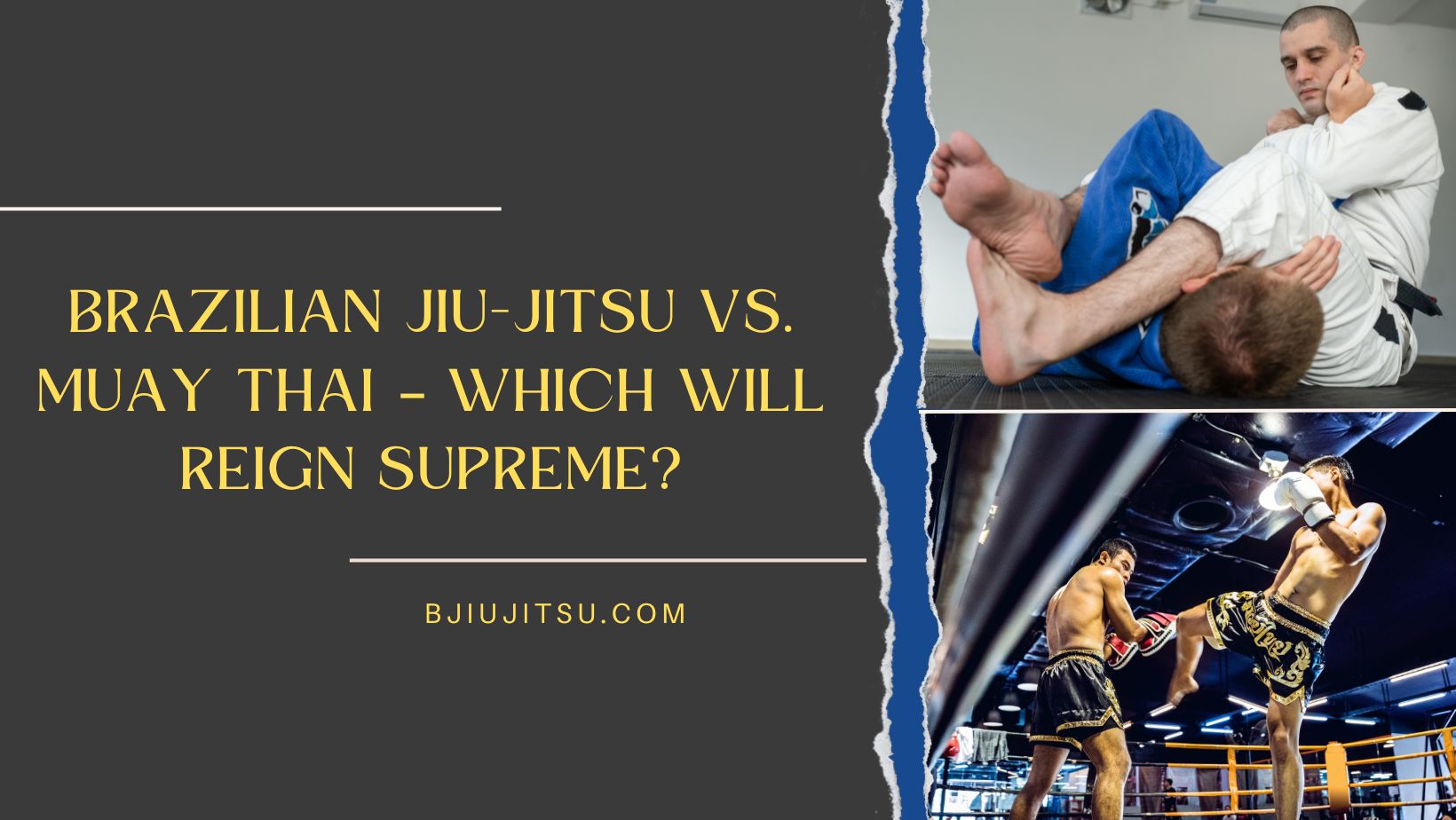



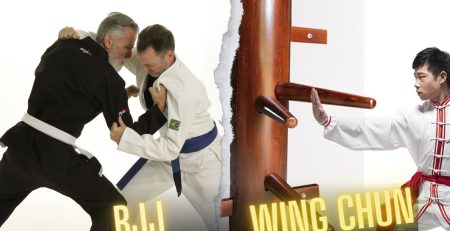

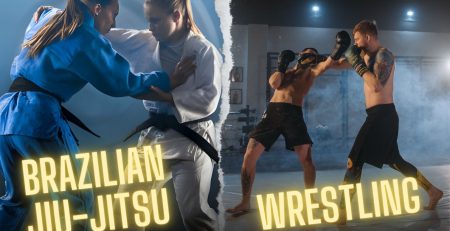
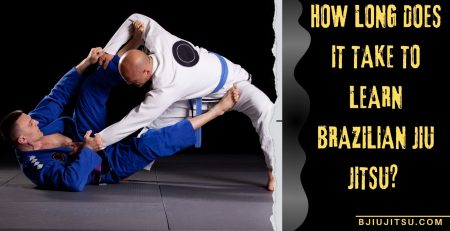



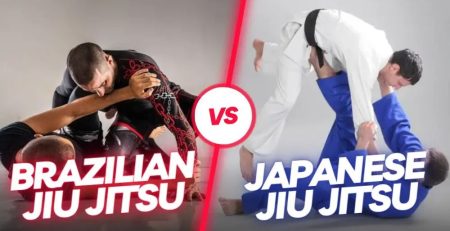

Leave a Reply
You must be logged in to post a comment.